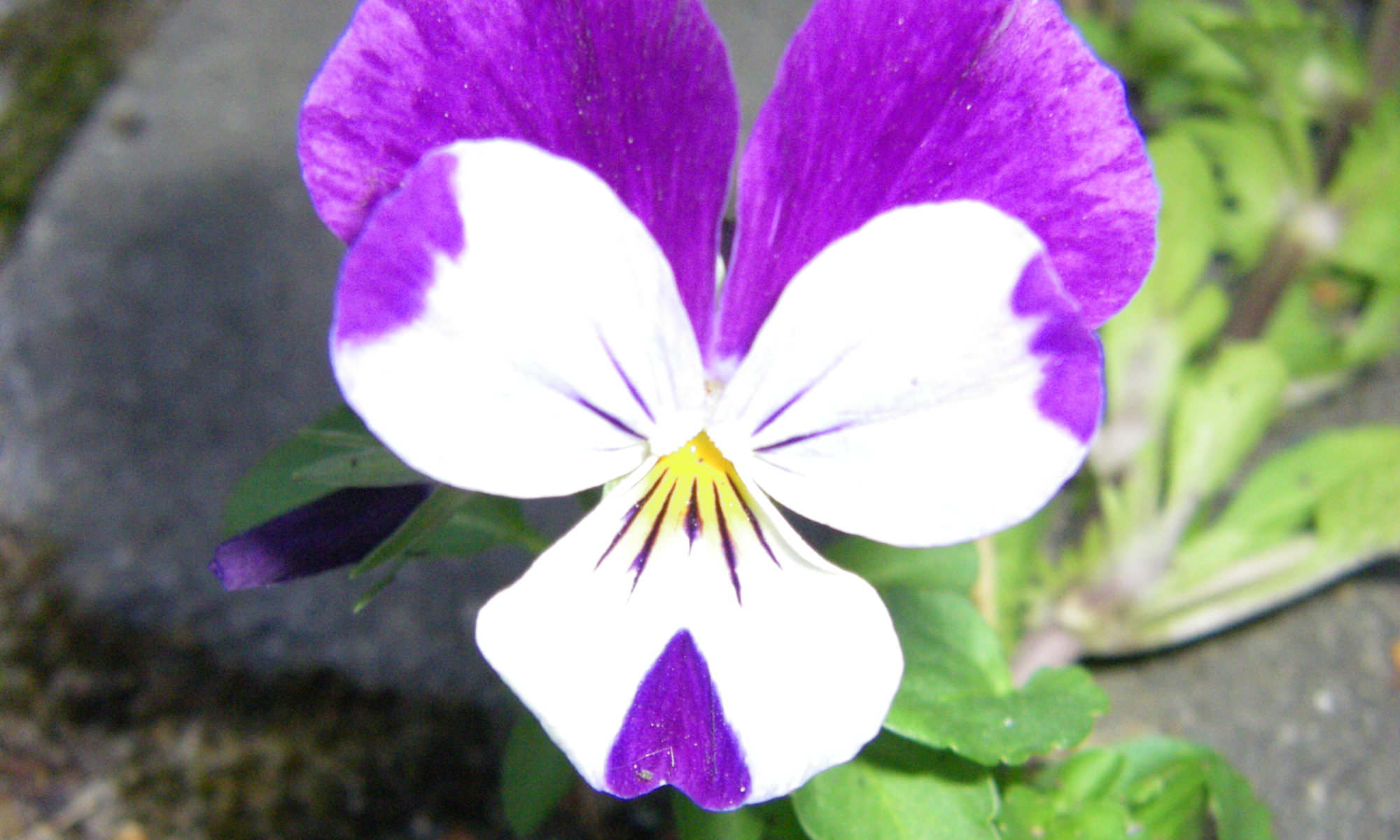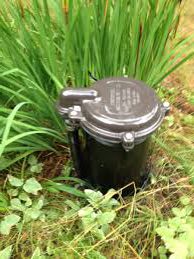34% H2O2 Hydrogen Peroxide
Our 34% H2O2 Food Grade Hydrogen Peroxide is specially formulated to meet the demands of a wide range of plant cultivators.
Growers are faced with the issue of increased threats to all plant species due to adverse climates and environmental factors, as well as on a microscopic level. The sometimes underestimated ability and will of single and multiple celled organisms to adapt and evolve, goes overlooked and unchecked.
The solution? Hydrogen 2o2 34% Food Grade H2O2.
Can Plants Feel Pain?
Research has been conducted for many years on this topic and evidence supports plants use electricity to responds to adverse conditions just like the human body.
Plants Are Living. Do They Feel Pain Too?
Is the electric impulse in plants interpreted as “pain” like a human interprets select electric nerve impulses? Continue reading “Can Plants Feel Pain?”
Pest Defense Using Hydrogen Peroxide
The world of micro-pests can be a grower’s biggest battle. These tiny, sometimes invisible creatures range from spider mites and aphids, to molds and mildew.
Micro organisms are constantly adapting and developing increased resistance to synthetic chemicals and products that are commonly used to thwart them and their destruction of precious plants, gardens and crops. Hydrogen 2o2 34% Food Grade H2O2 is a naturally occurring molecular compound.
34% H2O2 Garden
Our 34% H2O2 Hydrogen Peroxide is blended using an auto A.O. process, and it is this natural synastry between hydrogen and oxygen that will defend against pathogens, bacteria and viruses without the increasing resistance we so often see when using many traditional products on the market today. Use as a general purpose cleaner and to increase the oxygen content in reservoir water and root zones.
Rotten Egg Smell In Your Tap Water
Treating your well once or twice a year has proven effective in reducing or eliminating the “rotten egg smell” which is caused by hydrogen sulfide gas. Continue reading “Rotten Egg Smell In Your Tap Water”
Disinfecting Water Well
How Much 35% Hydrogen Peroxide To Use In Well Disinfection
The amount of 35% Hydrogen Peroxide to use when disinfecting or cleaning a well will depend on a few factors.
- The depth of the well.
- The water level.
- The diameter of the well.
- What contaminants are present.
- The amount of each contaminant.
- The construction material of the well components.
Recent Post
Providing information regarding 35% Food Grade Hydrogen Peroxide. Topics including:
Gardening Indoor And Out
General Purpose Cleaning
and much more!
Quenching Chlorination D.B.P.’s With Hydrogen Peroxide
Hydrogen Peroxide Reduces Chlorine Disinfection By-Product Formation In Drinking Water.
Most public water is treated with chlorine. The number one reason we want you to know about our company is to ensure you and your family have access to safe clean water. We need plenty of water to drink, shower and bathe.
During showering our bodies can absorb up to Continue reading “Quenching Chlorination D.B.P.’s With Hydrogen Peroxide”
Diffusing Hydrogen Peroxide
Bio-oxidative therapies have many different components, one of central importance is hydrogen peroxide. Naturally occurring hydrogen peroxideis used by our immune system to oxidize foreign invaders (phagocytosis); parasites, viruses, bacteria, yeast/fungus. Continue reading “Diffusing Hydrogen Peroxide”
Chlorine And Disinfection By Products
Chlorine when used to disinfect water can react with certain organic matter and produce hundreds of chemical by-products. These chemical by-products are know as DBP’s. Two major classes of DBP’s, trihalomethanes (THMs) and haloacetic acids (HAA), make up the bulk of these by-products.
Research has Continue reading “Chlorine And Disinfection By Products”


